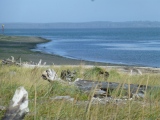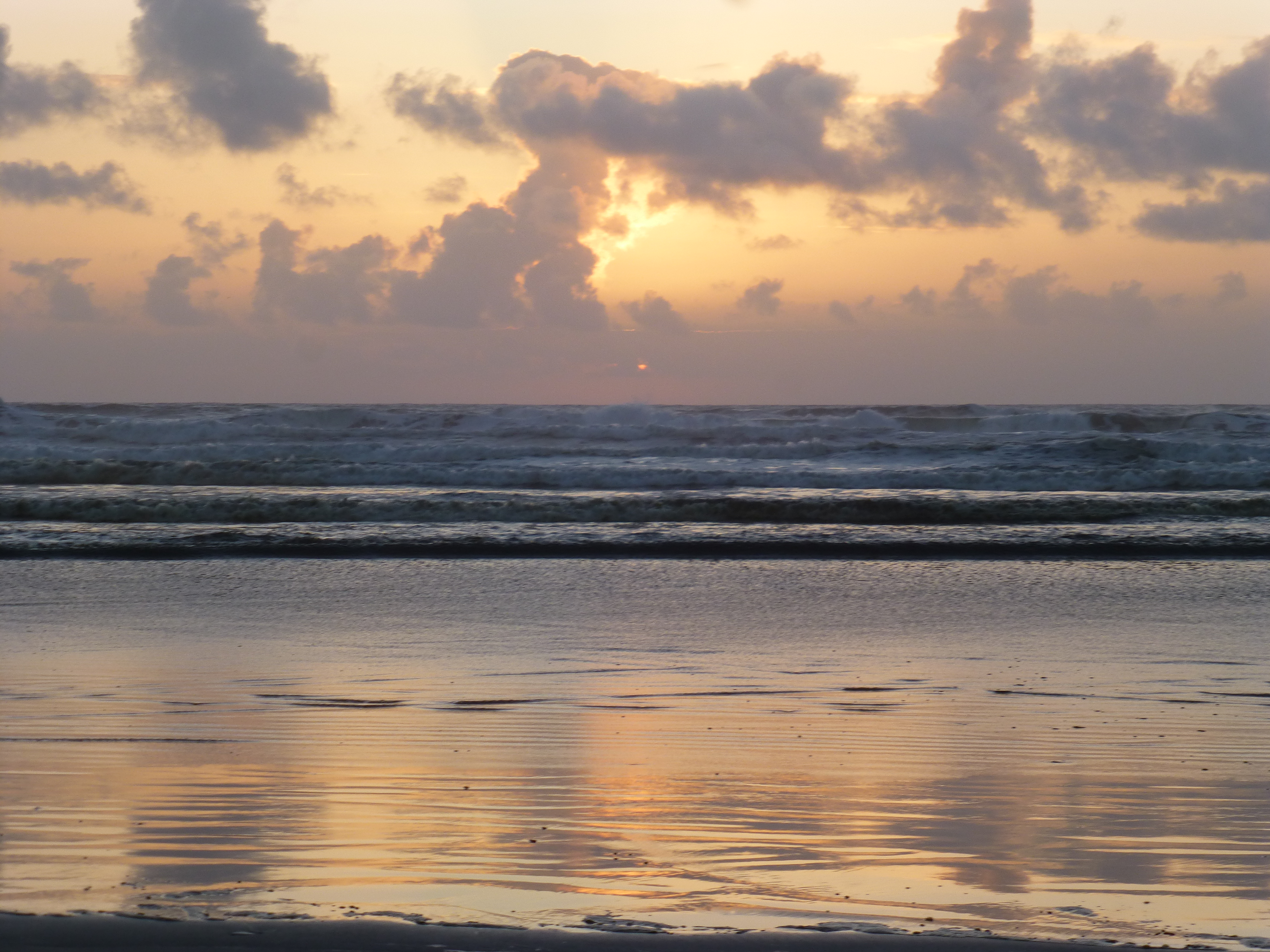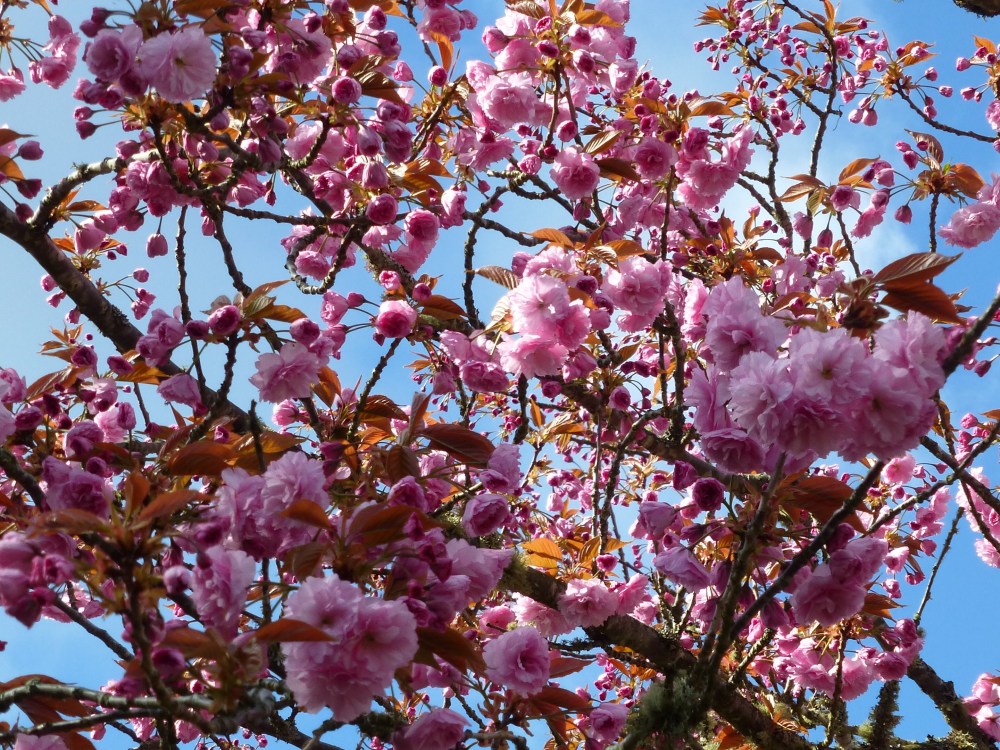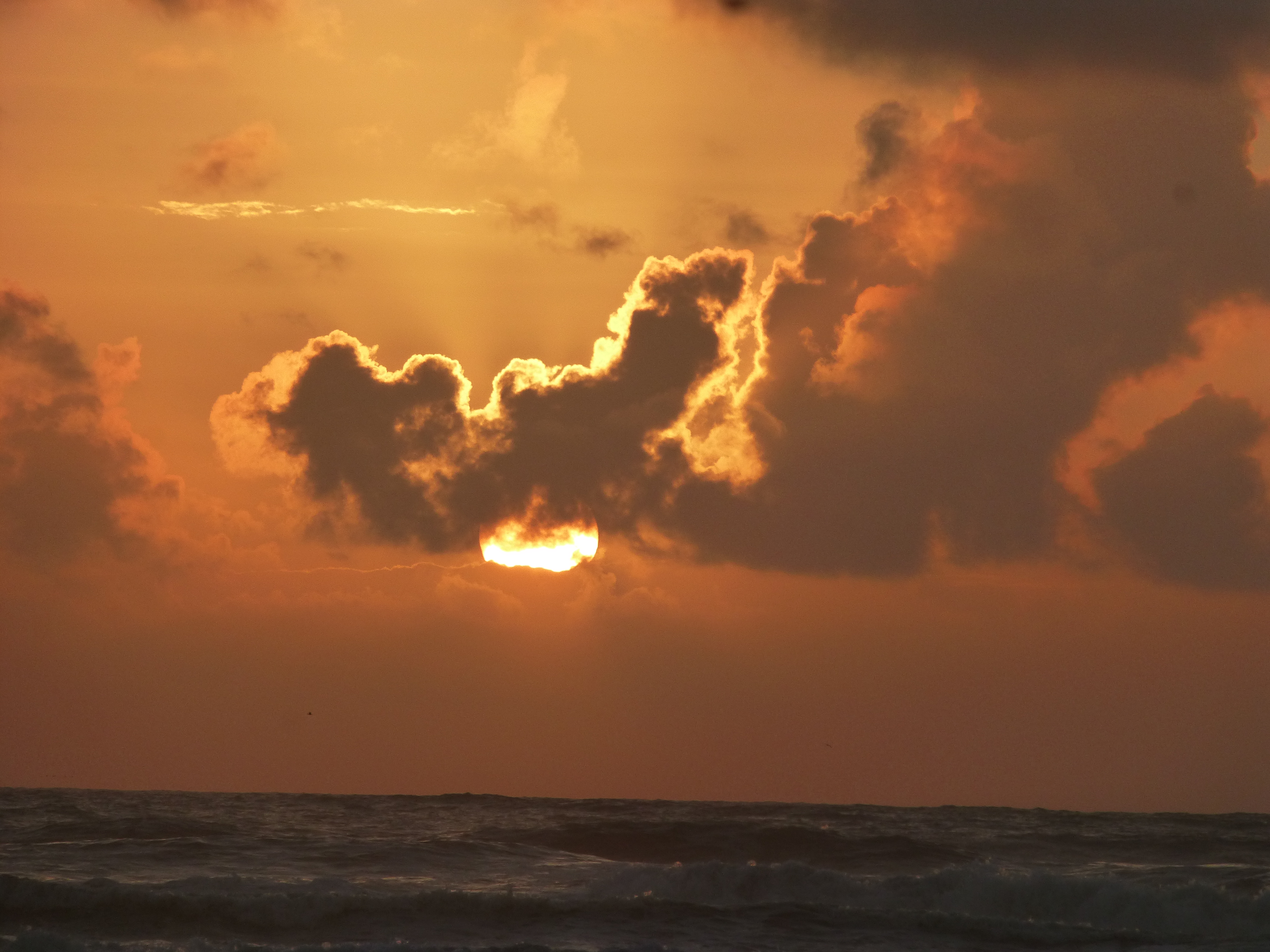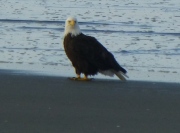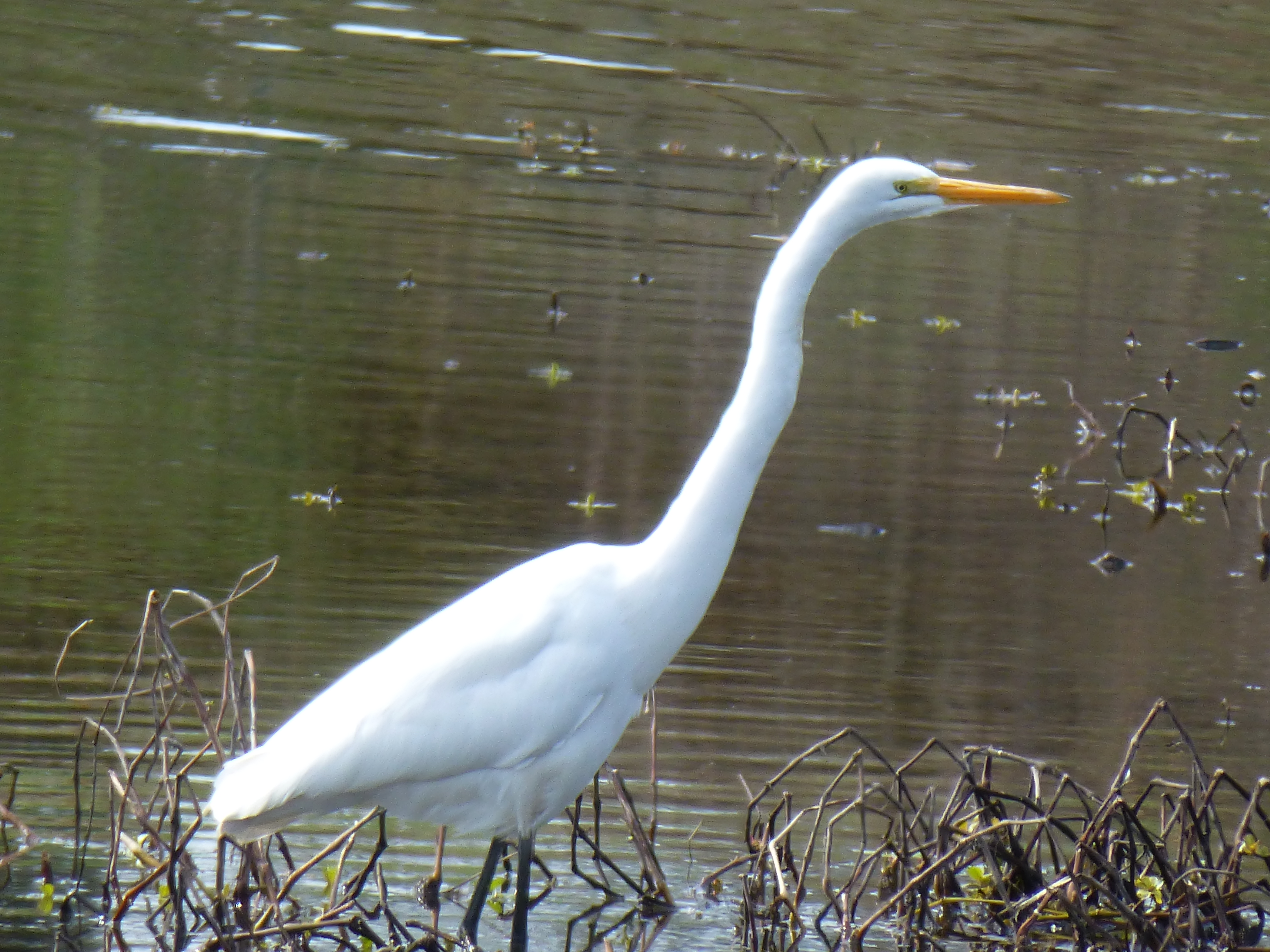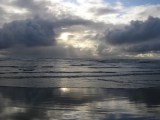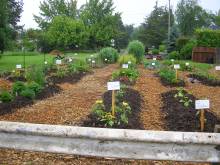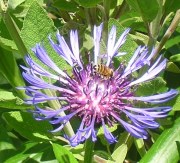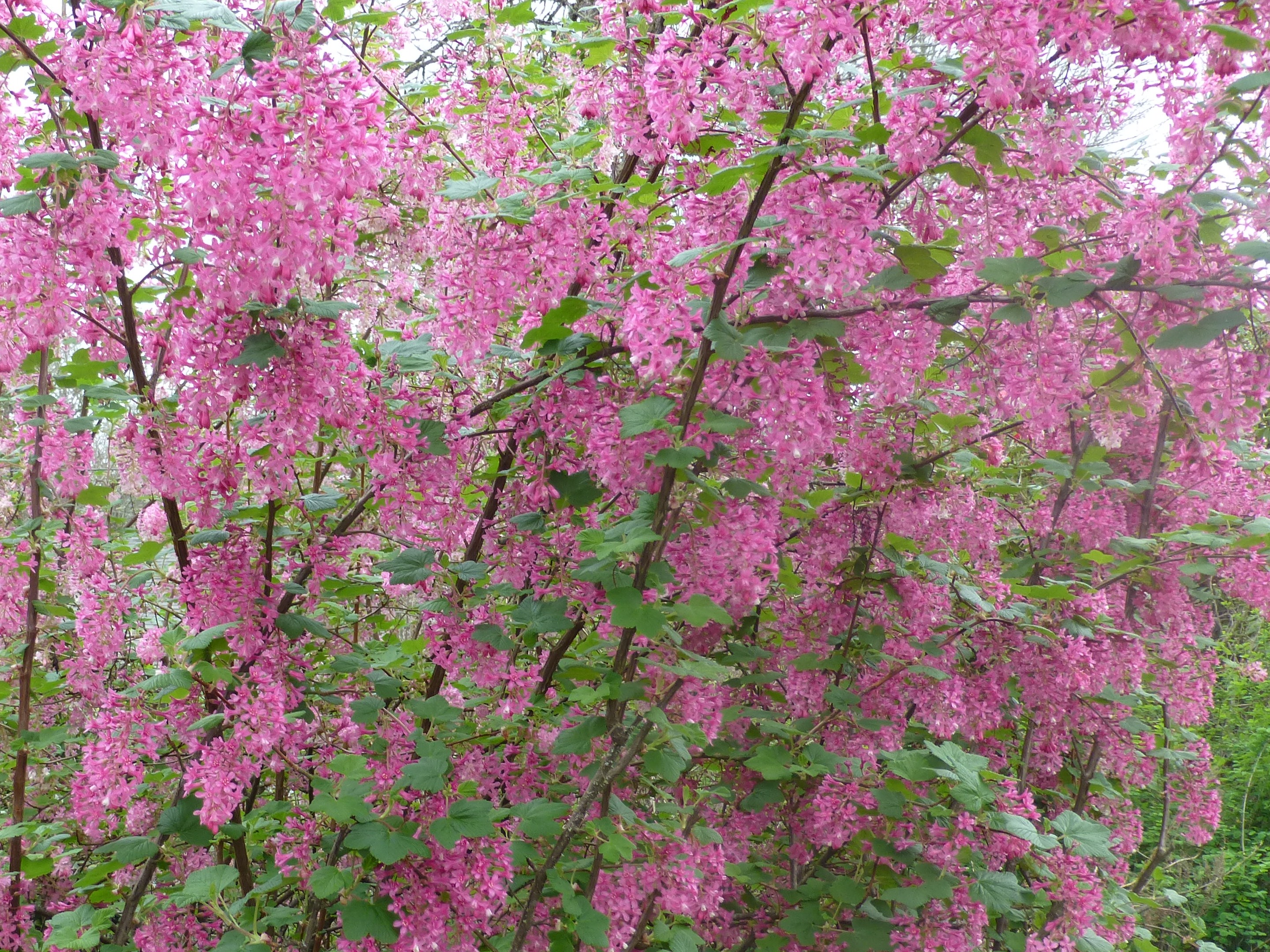 By Madronna Holden (copyright 2014)
By Madronna Holden (copyright 2014)
Sleep is essential not only to memory and formation of new neural connections, but also to our brain’s physiological maintenance. Thus sleep researchers explain why we evolved this physically dangerous activity—picture humans asleep on our ancestral African savannah with nocturnal predators on the prowl.
The dreams that lace our sleep, in turn, are as crucial to our mental function as our daylight rationality. In laboratory experiments those deprived of REM (rapid eye movement or dreaming) sleep grow increasingly disoriented in their waking lives, finally hallucinating visions they are deprived of in sleep. REM is apparently our most crucial type of sleep, since it the type our bodies make up first after sleep deprivation.
Perhaps we most need dreams to remind us of the connections by which our world operates. Theologian Matthew Fox and biologist Rupert Sheldrake propose that in sleep we fall back into the experience of the primal oneness of life, bridging the boundaries that separate us from one another in the light of day. There is something to be said for this, since our dreams are associative in nature, exploring connections of every kind, from the fantastic and the visionary to the mundane and spurious.
These nighttime associations alert us to what we might otherwise ignore — as in Gail Tremblay’s poem in Indian Singing in the Twentieth Century, in which the Coyote comes down from museum walls at night to dance with his curators. Like Coyote’s night business, ancient ceremonies honor the earth’s season of sleep in the long nights of winter by increasing awareness of what we may ignore in the light of habit. The early Roman Saturnalia that took place at the time of the winter solstice (the longest night of the year) shifted the ordinary order of things, closing courts and schools, interrupting wars, dismissing old grudges—and reversing social statuses of master and slave.
Unfortunately, under the later Roman Empire, the Saturnalia degenerated into a licentious spree. Likewise, Coyote stories illustrate both the need for creative action and the need for balance in applying it. Coyote tales in indigenous North American sometimes portray Coyote as a wise transformer and other times as foolishly self-defeating, his escapades destroying himself and those around him.
Thus Coyote tales explore the impulse of experimentation within us– but not everything we think of should be done. In like fashion, indigenous tales from pioneer days on the Olympic Peninsula warn that certain pioneer technologies had their downsides—making humans work harder when they were meant to make things easier.
Doing whatever he thinks of is Coyote’s method, but as his stories show, this is not a wise course of action. Without moral standards and critical assessment, our creative impulses generate unintended consequences—as do too many forms of technology in the modern day.
Our dreams with their associative structures are here to remind us what we might otherwise forget—that we live in an interdependent world. They create awareness as do the salmon-shaped stickers placed on storm drains that announce, “Drains to stream”. Our world is made up of connections—and thus the waste we dispose of goes somewhere to affect other lives.
Traditional winter ceremonies, in turn, make conscious associations like those our dreams make spontaneously. Ceremonies in the indigenous Pacific Northwest emphasize the connections between the living and dead, for instance, and designate the long nights of winter as the occasion of storytelling, bringing ancestral memory to consciousness.
This parallels the case in old Europe, where the archeology tells us Stonehenge is both a monument to the solstices (especially the winter solstice) and home to the ancestors– a five mile circuit there linking the living and the dead.
Vision and memory merge in winter ceremonies as they do in our dreams–and these are linked with healing in its root meaning of “wholeness”. This shamans know as they travel to the land of the ancestors to access healing power in long winter nights—and Merlin practiced in a folk history of Britain. building Stonehenge from stones with medicinal power.
Winter ceremonies thus honor the similarity between the physiological housekeeping that cleans our brains of waste chemicals in sleep and the winter housekeeping of earth, whose cleansing cold destroys particular viruses, bacteria, and molds— and thus inhibits the spread of certain diseases—a concern if global warming allows these to proliferate instead. Indeed, the most recent meetings of the American Society for the Advancement of Science included a paper given by Michael Grigg, 0f University of British Columbia and the National Institute of Health, who observed that “ice is a major eco-barrier for pathogens”–and thus the current “big thaw” is resulting in the “liberation of pathogens gaining access to vulnerable new hosts and wreaking havoc”.
Fleas and lice are destroyed by a month in a deep freeze—as are the larvae of the wax moth that trouble honeybee frames. Winter cold is necessary to other things as well: without a certain number of hours of winter chill, the apple tree will not bear—nor will other fruit trees that have their own winter chill requirements.
Beneath the snow the soil works transformations that support life, composting waste into fertility. Like the resulting black soil, our deep selves are rendered fertile in what they remake from our psychic wastes—our pain, our confusion, our illness, our weakness, our vulnerability.
Black soil is life-sustaining. Light soil, which has taken on few wastes to transform, is feeble by comparison.
Many of us in the industrialized world live at conscious remove from the earth’s seasonal cycles. But this winter’s storms have brought us back to that connection in no uncertain terms. For all our technological expertise, we are still embedded in the natural world—and we cannot escape responsibility for carbon pollution and ensuing climate instability.
The vanishing ice that the polar bear would rest on, the melting glaciers that cause sea levels to rise in island nations, and the melting permafrost that makes swamp of former solid ground in the Arctic, are a few of earth’s reminders of the necessity of honoring the balance of seasons.
Such reminders are a grave part of life in the Philippines and the Arctic—and thus their leaders are among the strongest advocates for reduction of the global carbon output.
Seasonal cold even has a role in keeping us warm. Raising temperatures– and thus melting polar ice sheets– may well cause North America and Northern Europe to suffer colder winters due to the influence of melting ice on ocean currents.
We cannot escape the necessity of seasonal balance any more than we can escape our daily patterns of sleep and waking. Just as the earth’s rhythms remind of the necessity of her seasons, our bodies alert us to our own cycles of light and dark. Should we neglect either of these, we suffer reminders such as the wild weather this winter in North America—and the upsurge of breast cancer among shift workers.
Like the transformation of wastes into fertile soil, the caterpillar wrapped in its cocoon reminds us that that which is sleeping is also being remade. Admittedly, it may be inconvenient to experience such melt—and the dissolution of all boundaries as the caterpillar must before it can realize its future as a butterfly.
But it is a wise society whose stories allow us to see beyond the boundaries habit and convenience describe. With their good work of exposing the results of our choices such stories release our creative vision as they allow us to remember our past and avoid its mistakes.
We could use a few such stories to shift the habitual order of things, giving us an occasion to loosen old grudges, stop wars—or reverse the roles of factory workers and CEOs.
We could use ceremonies that bring to awareness those ideas—or people—our society excludes, like the homeless who filled “warming centers” during this past December’s unprecedented cold (ten below zero) in my home of Eugene, Oregon. Those tending these shelters re-gather into community men and women more easily ignored in fair weather when they are not so likely to die on our streets, as did the man for whom Eugene’s shelters are named, Thomas Egan.
We cannot escape the fact that these homeless are members—and results– of our society any more than we can escape the seasons.
As the earth’s ancient ceremonies indicate, the long nights of winter are put to good use in psychological and social cleansing cold.
Winter is a perfect time to remember we are creatures of vision as well as daily habit– to re-gather our memories, extend our community, and dream our future well.
Filed under: Folklore and Oral Tradition, Our Earth and Ourselves | Tagged: climate change, Coyote stories, need for sleep and dreams, need for winter cold, winter ceremonies, winter solstice | 10 Comments »



